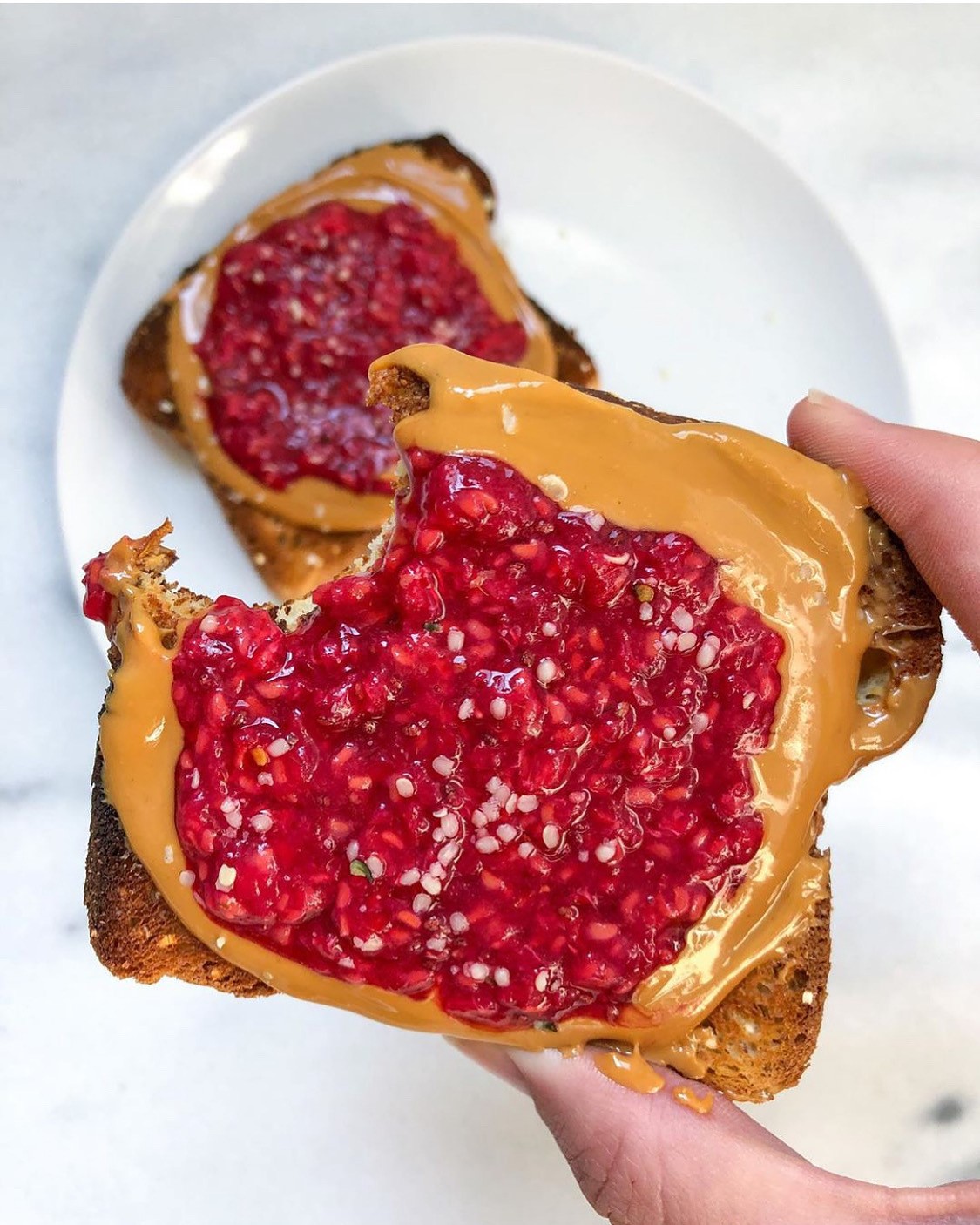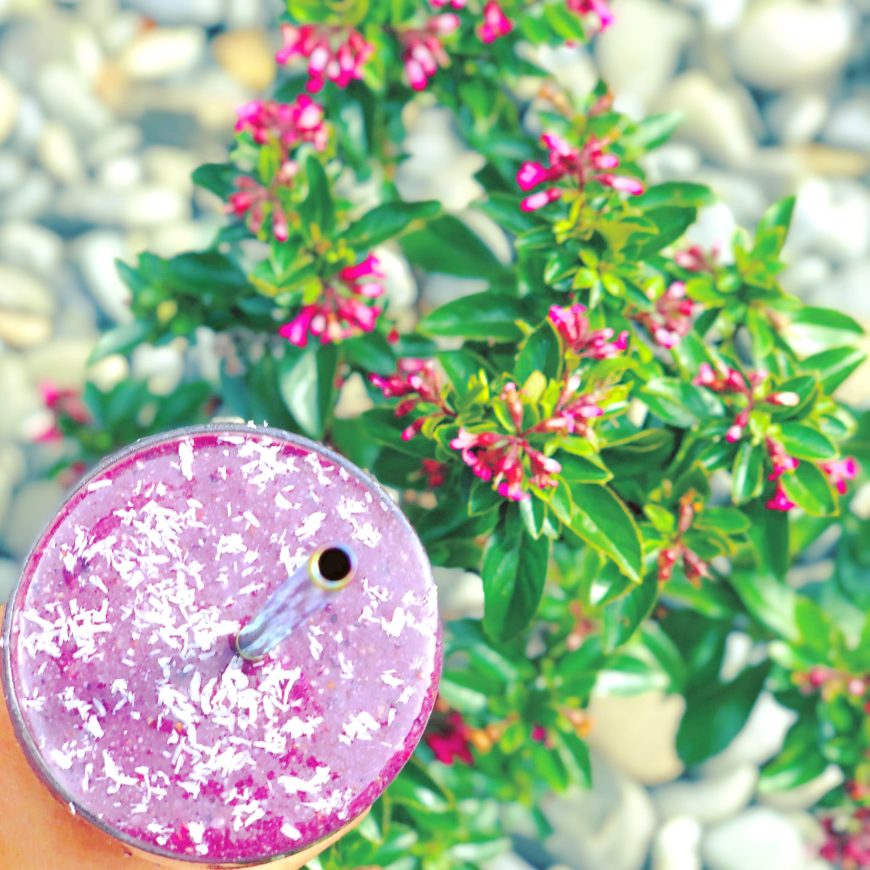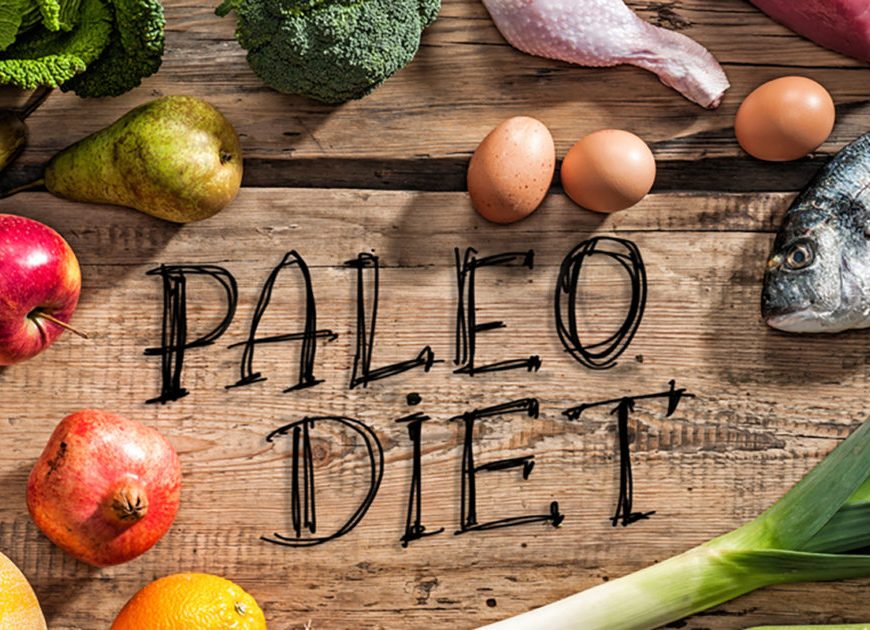This blog is part of the Good, the Bad and the Ugly blog series.
Specific macronutrients aren’t bad (e.g. fats or carbs). It depends on the source and quality.
Fats provide nine calories per gram, although this does not mean you should avoid fats because they are more calorie-dense than carbs and proteins.
Breaks down into fatty acids and glycerol.
Stored in the body as adipose tissue. The quantity that a person stores depends on how much fat they have on their body! It is said that we cannot change our number of fat cells as an adult. The number of fat cells in our body are predetermined during our teenage years. However, we can increase and decrease the size of our fat cells. This highlights the importance of health and fitness during our youth. Overweight/obese children are more likely to struggle with weight the rest of their lives.
Fat deficiency is possible, even more common, in ‘fat’ people. This is deficiency of ‘good’ fats in the diet e.g. omega 3. Obesity is associated with inflammation, and omega 3 is anti-inflammatory.
Fat is essential for:
- Fat-soluble vitamins (A, D, E and K) require fat in the same meal to be absorbed. Additionally, for the conversion of beta-carotene (pro-vitamin A) to vitamin A
- Brain function – especially omega 3
- Formation of cell membranes that cover every cell in our body. The ratio of unsaturated to saturated fats determine the fluidity of this membrane layer i.e. how easily the cell will allow nutrients in and toxins out
- Naturally moisturised skin, hair and nails – omega 3
The Good, the Bad and the Ugly Fats
| Eat Most | Eat Some | Eat Least (or not at all) |
| Monounsaturated – olives, olive oil, avocado, avocado oil, macadamias, macadamia oil, nuts, seeds
Polyunsaturated – omega 3 – animal sources: salmon, trout, mackerel, sardines, anchovies, oysters, caviar, cod liver oil, fish/krill oil supplements
Plant sources: walnuts, flaxseeds, flaxseed oil, chia seeds, hemp seeds, hemp oil
Polyunsaturated – omega 6 (good sources) – nuts, seeds, evening primrose oil, borage oil
Saturated – plant sources – coconut (oil, cream, milk, desiccated) |
Saturated – animal sources – butter, ghee, full-fat dairy products, lard, tallow, fatty meat | Omega 6 (bad sources) vegetable oils – soybean oil, canola oil, corn oil, sunflower oil, cotton seed oil, peanut oil, rice bran oil, safflower oil, vegetable oil (a concoction of all of the above)
Trans/hydrogenated fats – margarine, commercially baked goods (as opposed to homemade baking with butter), deep-fried foods (anything with a batter) |
*Extract from MY NUTRITION MENTOR by Liv Kennedy
Check out the Good, the Bad and the Ugly Carbs & Proteins
Who loves a cheeky peanut butter and chia jam on toast?!
Your Nutrition Mentor,




